Choosing the right flooring for your home can be a daunting task. Each room in your house has its own unique set of needs, and the flooring you choose can significantly impact both the functionality and aesthetics of the space. Whether you're seeking durability for high-traffic areas or a cozy feel for your living spaces, understanding the various flooring options available is crucial. This guide will walk you through the best flooring types for every room in your home, helping you make an informed decision.
Understanding Flooring Basics
Before we dive into the specifics, it's essential to understand the basics of common flooring materials. Hardwood, laminate, vinyl, tile, carpet, bamboo, cork, and concrete each come with their own set of benefits and drawbacks. Here’s a quick overview:
- Hardwood: Known for its timeless appeal and durability, hardwood can add significant value to a home. It’s available in various species like oak, maple, cherry, and walnut.
- Laminate: A cost-effective alternative that mimics the look of wood or stone. Laminate is durable and easy to install.
- Vinyl: Available in sheets, tiles, and planks, vinyl is budget-friendly and water-resistant, making it ideal for kitchens and bathrooms.
- Tile: Perfect for wet areas due to its water-resistant properties, tile comes in ceramic, porcelain, and natural stone options.
- Carpet: Provides warmth and comfort, ideal for bedrooms and living rooms. Available in a variety of textures and colors.
- Bamboo and Cork: Eco-friendly options gaining popularity for their sustainability and unique aesthetics.
- Concrete: Offers a modern, industrial look and is surprisingly versatile with various finishing options.
Exploring the Most Popular Flooring Types for Every Room
Choosing the right flooring for your home is a significant decision that impacts both aesthetics and functionality. With so many options available, it can be overwhelming to decide which type best suits your needs. Here’s a detailed look at some of the most popular flooring types, along with their pros and cons:
Tile Flooring
Tile flooring is available in various materials, including ceramic and porcelain. It offers a wide range of colors, from natural earth tones to vibrant hues, and finishes like glazed, matte, or textured. Tiles come in diverse styles, including patterned and mosaic designs, making them a versatile choice for any room.
Advantages
- Durable and Long-lasting: Tiles are tough and can withstand heavy traffic.
- Water-resistant: Ideal for kitchens and bathrooms.
- Easy to Clean: Maintenance is straightforward.
- Variety: Extensive range of colors, patterns, and textures.
Disadvantages
- Cold and Hard: Can be uncomfortable to stand on for long periods.
- Grout Maintenance: Grout lines can accumulate dirt and require regular cleaning.
- Potential for Cracking: Heavy objects can crack or chip tiles.
Hardwood Flooring
Hardwood flooring brings a classic appeal to any room. Available in several species like oak, maple, cherry, walnut, and hickory, the natural wood colors vary from light blondes to rich browns. Finishes can range from glossy to satin, including textured options like hand-scraped or distressed, which hide wear and tear better.
Advantages
- Warmth and Elegance: Adds a cozy and sophisticated touch.
- Refinishing Options: Can be sanded and refinished to look new.
- Timeless Appeal: Increases the resale value of the home.
Disadvantages
- Susceptible to Water Damage: Requires careful maintenance.
- Scratches and Dents: Prone to damage in high-traffic areas.
- Cost: Generally more expensive than other flooring options.
Vinyl Flooring
Vinyl flooring is a durable and cushioned option available in styles like sheet vinyl, vinyl tile, luxury vinyl tile (LVT), and luxury vinyl planks (LVP). It provides a comfortable surface underfoot and comes in various patterns and colors, making it ideal for high-traffic areas prone to spills and stains.
Advantages
- Budget-friendly: Affordable and versatile.
- Durable and Water-resistant: Ideal for kitchens and bathrooms.
- Comfortable Underfoot: Softer than tile or hardwood.
- Easy to Clean: Simple maintenance.
Disadvantages
- Aesthetic Appeal: May not look as high-end as natural materials.
- Damage from Sharp Objects: Can be punctured.
- VOCs Emission: May emit volatile organic compounds during installation.
Laminate Flooring
Laminate flooring offers the appearance of hardwood or tile at a more affordable price point. It is available in a wide range of colors and designs that mimic natural materials, and its textures can include smooth, embossed, or other tactile surfaces that replicate the feel of real wood or stone.
Advantages
- Affordable: Cost-effective alternative to hardwood.
- Scratch-resistant and Durable: Holds up well in high-traffic areas.
- Easy to Install: Often features a click-and-lock installation system.
- Moisture-resistant: Suitable for kitchens and bathrooms.
Disadvantages
- Non-refinishable: Cannot be sanded and refinished like hardwood.
- Aesthetic Limitations: May not have the same visual appeal as natural materials.
- Water Damage: Can be damaged by standing water if not properly sealed.
Cork Flooring
Cork flooring is ideal for those who spend a lot of time on their feet in the kitchen. It’s naturally cushioned, which eases strain on your legs and back. Cork is also an eco-friendly choice that brings a unique, warm aesthetic to your space. However, it does need regular sealing to maintain its resistance to moisture and stains.
Advantages
- Eco-friendly: Made from renewable resources.
- Comfortable: Soft and cushioned underfoot.
- Insulation: Provides good thermal and acoustic insulation.
- Resistant to Mold and Mildew: Naturally resistant to pests and moisture.
Disadvantages
- Moisture Sensitivity: Needs regular sealing to prevent damage.
- Prone to Dents: Can be dented by heavy furniture or high heels.
- Limited Styles: Fewer color and style options compared to other materials.
Tailoring Your Flooring Choices for Every Room in Your Home
When it comes to enhancing your home's aesthetic and functional appeal, selecting the right flooring for each room is crucial. Each space has its unique requirements, and the appropriate flooring choice can significantly impact both comfort and practicality.
Living Room: Comfort, Style, and Durability
The living room is the heart of the home, and the best choices for this space include hardwood, carpet, and luxury vinyl:
- Hardwood: Exudes timeless elegance and offers unmatched durability.
- Carpet: Provides a plush, cozy feel underfoot, perfect for relaxation and gatherings.
- Luxury Vinyl: Combines style with resilience, mimicking the look of wood while being easier to maintain.
Kitchen: Durability and Easy Maintenance
Kitchen flooring options should prioritize durability, ease of cleaning, and safety considerations:
- Tile: Exceptionally durable and available in a variety of styles.
- Vinyl: Resistant to spills and stains, offering a softer surface and easier installation.
Bathroom: Water Resistance and Safety
Bathrooms demand flooring that can withstand high moisture levels:
- Porcelain and Ceramic Tiles: Provide a waterproof barrier and a wide range of design possibilities.
- Waterproof Vinyl or Engineered Hardwood: Offer both beauty and practicality with added warmth.
Bedroom: Comfort and Warmth
Bedrooms are sanctuaries of comfort, and the flooring should enhance this cozy environment:
- Carpet: Often the preferred choice for creating a soft, quiet atmosphere.
- Hardwood or Laminate with Area Rugs: For those who prefer a sleek look, pairing these options with rugs can provide style and coziness.
Basement: Moisture Resistance and Durability
Basements present unique challenges, requiring flooring that can handle damp conditions:
- Engineered Wood: Provides durability and insulation against cold, damp floors.
- Vinyl Plank: Moisture-resistant and robust, ideal for basement environments.
- Sealed Concrete: Durable and easy to maintain, offering excellent insulation properties.
By considering the specific needs of each room and the unique characteristics of different flooring materials, you can make informed decisions that enhance both the beauty and functionality of your home. This ultimate guide ensures you select the perfect flooring for every space.

Oak Engineered Hardwood Flooring - Click - Smoked Parchment - 5"
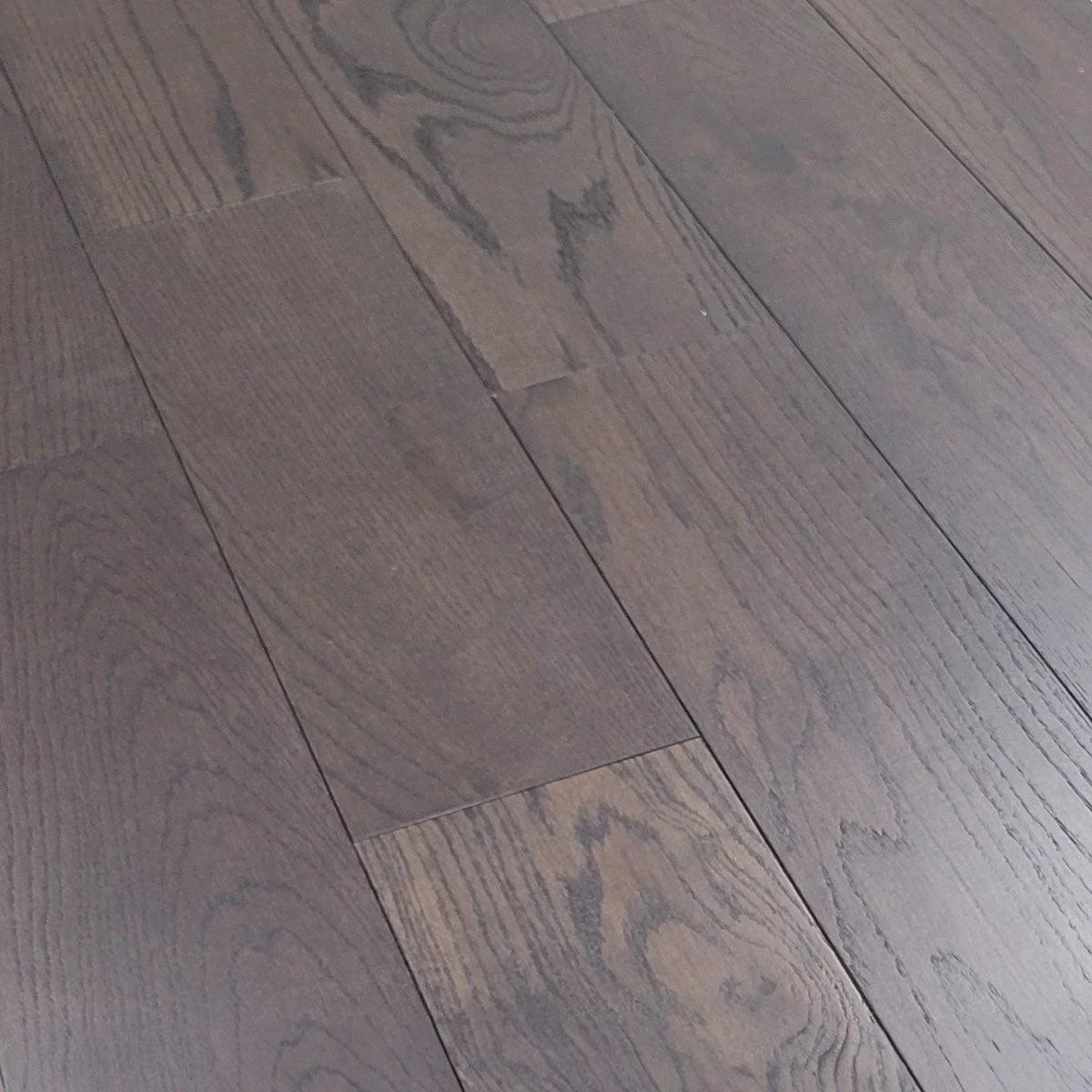
Red Oak Engineered Hardwood Flooring - Tongue & Groove - Belgian Chocolate - 6 1/2" x 3/4"
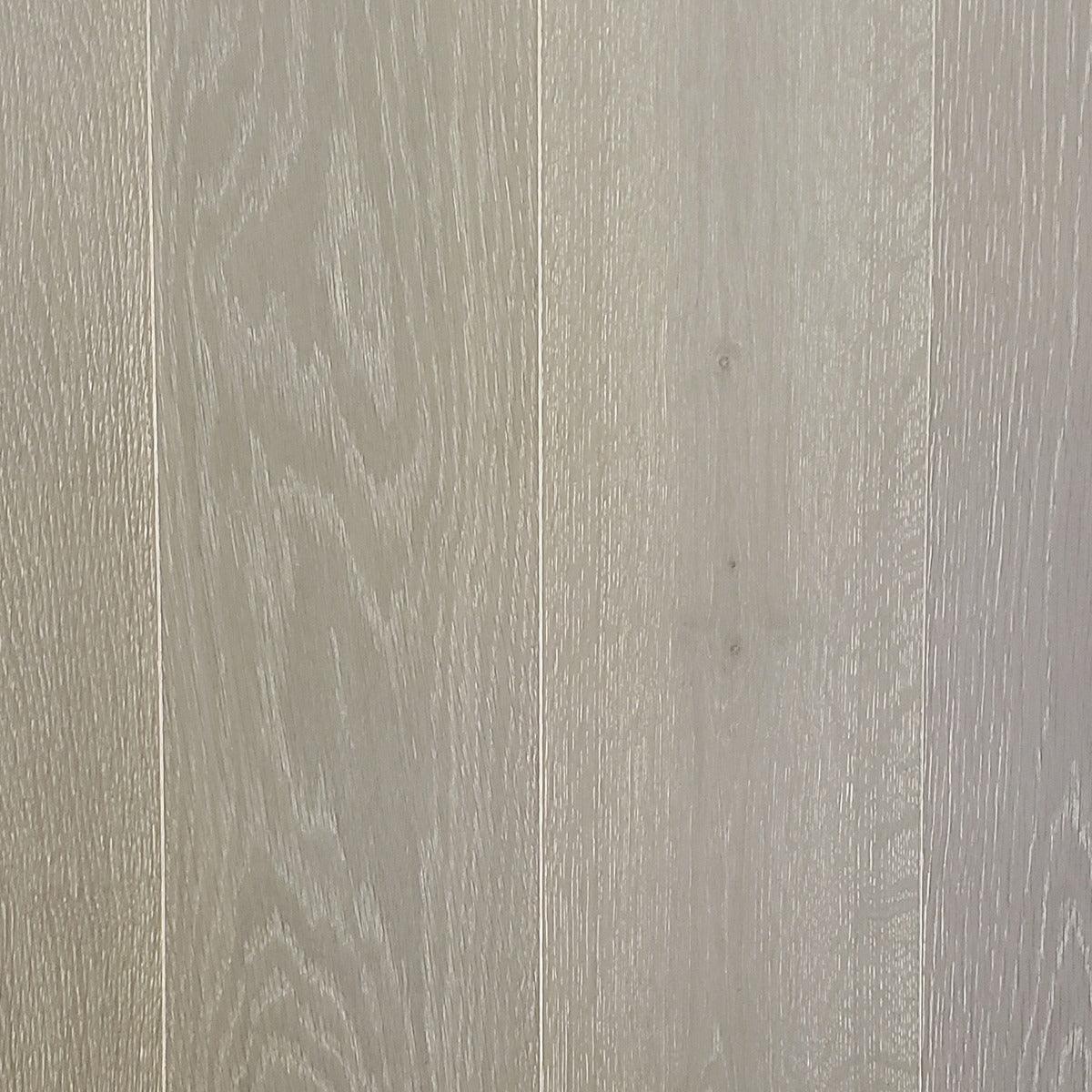
White Oak Engineered Hardwood Flooring - Click - Horizon - 4 1/4"
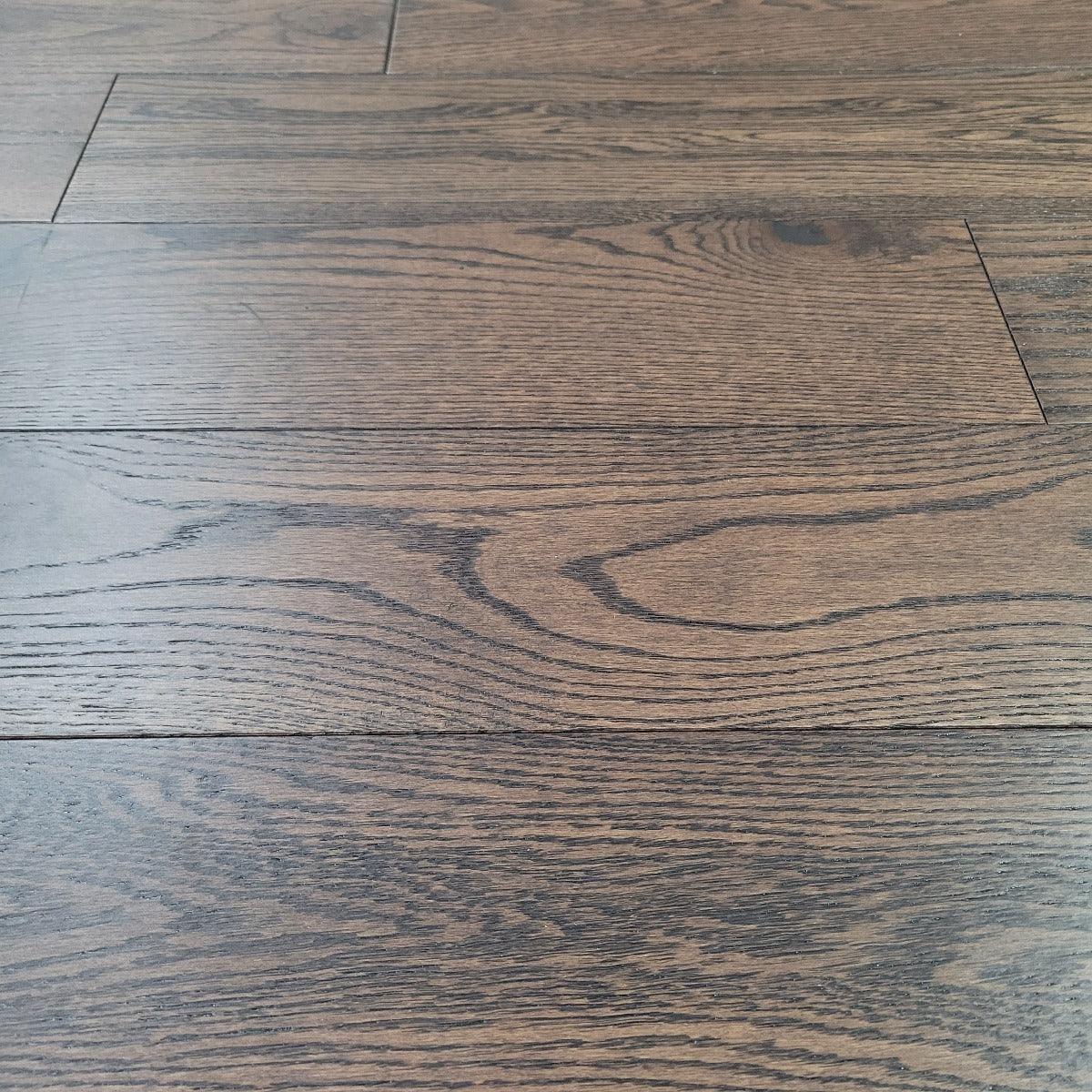
Red Oak Engineered Hardwood Flooring - Tongue & Groove - Tiramisu - 6 1/2" x 3/4"
Flooring Cost for Each Room: Ultimate Comparison Guide
Choosing the right flooring for each room in your home involves considering both functionality and cost. Here’s a detailed breakdown of flooring costs for various rooms, helping you make informed decisions that suit your budget and needs.
Living Room: Balancing Elegance and Comfort
The living room is the heart of the home, and the best flooring options include hardwood, carpet, and luxury vinyl. Here’s a cost comparison:
| Flooring Type | Material Cost (per sq ft) | Installation Cost (per sq ft) | Total Cost (per sq ft) |
| Hardwood | $6 - $12 | $3 - $8 | $9 - $20 |
| Carpet | $2 - $7 | $1 - $3 | $3 - $10 |
| Luxury Vinyl | $2 - $7 | $1 - $3 | $3 - $10 |
Hardwood: Adds timeless elegance and warmth. It’s a long-term investment that can significantly increase your home's value.
Carpet: Provides a plush, cozy feel underfoot, ideal for relaxation and gatherings. It’s also one of the more affordable flooring options.
Luxury Vinyl: Mimics the look of wood or stone while being easier to maintain. It’s a cost-effective choice that offers both style and resilience.
Read more in detail here: Which Flooring Option is Perfect for Your Living Room?
Kitchen: Prioritizing Durability and Maintenance
Kitchen flooring should be durable, easy to clean, and safe. The most popular options are tile and vinyl:
| Flooring Type | Material Cost (per sq ft) | Installation Cost (per sq ft) | Total Cost (per sq ft) |
| Tile | $1 - $15 | $5 - $15 | $6 - $30 |
| Vinyl | $2 - $7 | $1 - $3 | $3 - $10 |
Tile: Highly durable and water-resistant, perfect for kitchens. The cost varies based on the type of tile, with ceramic being more affordable than natural stone.
Vinyl: Budget-friendly, easy to clean, and resistant to spills and stains. It’s a practical choice for busy kitchens.
Bathroom: Emphasizing Water Resistance and Safety
Bathrooms require flooring that can handle high moisture levels. Ideal choices include porcelain and ceramic tiles, and waterproof vinyl:
| Flooring Type | Material Cost (per sq ft) | Installation Cost (per sq ft) | Total Cost (per sq ft) |
| Porcelain/Ceramic Tile | $2 - $15 | $5 - $15 | $7 - $30 |
| Waterproof Vinyl | $2 - $7 | $1 - $3 | $3 - $10 |
Porcelain and Ceramic Tiles: Provide a waterproof barrier and come in a wide range of designs. They are durable and easy to maintain.
Waterproof Vinyl: Offers both beauty and practicality, with added warmth compared to tile.
Bedroom: Enhancing Comfort and Warmth
Bedrooms are sanctuaries of comfort, and flooring should enhance this cozy environment. Common choices are carpet, hardwood, and laminate:
| Flooring Type | Material Cost (per sq ft) | Installation Cost (per sq ft) | Total Cost (per sq ft) |
| Carpet | $2 - $7 | $1 - $3 | $3 - $10 |
| Hardwood | $6 - $12 | $3 - $8 | $9 - $20 |
| Laminate | $2 - $5 | $1 - $4 | $3 - $9 |
Carpet: Often the preferred choice for creating a soft, quiet atmosphere. It provides warmth and noise reduction.
Hardwood or Laminate: For those who prefer a sleek look, pairing these options with area rugs can provide both style and coziness. Laminate offers a budget-friendly alternative to hardwood.
Basement: Handling Damp Conditions
Basements present unique challenges, requiring flooring that can handle damp conditions. Suitable options include engineered wood, vinyl plank, and sealed concrete:
| Flooring Type | Material Cost (per sq ft) | Installation Cost (per sq ft) | Total Cost (per sq ft) |
| Engineered Wood | $4 - $7 | $2 - $5 | $6 - $12 |
| Vinyl Plank | $2 - $5 | $1 - $3 | $3 - $8 |
| Sealed Concrete | $2 - $6 | $2 - $8 | $4 - $14 |
Engineered Wood: Provides durability and insulation against cold, damp floors.
Vinyl Plank: Moisture-resistant and robust, ideal for basement environments.
Sealed Concrete: Durable and easy to maintain, offering excellent insulation properties.
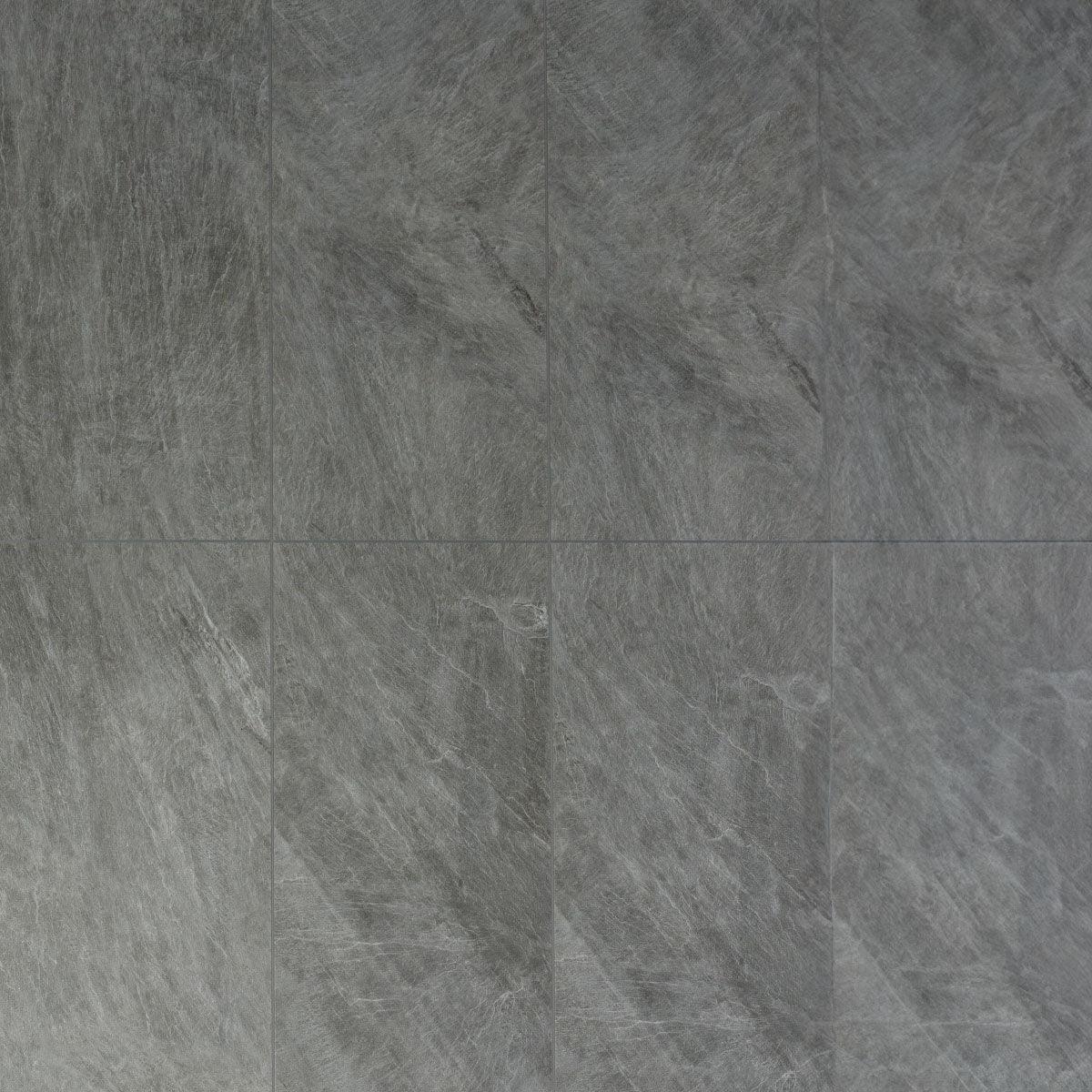
SPC Luxury Vinyl TrueGrout Tile - Thunder Grey - 5 mm
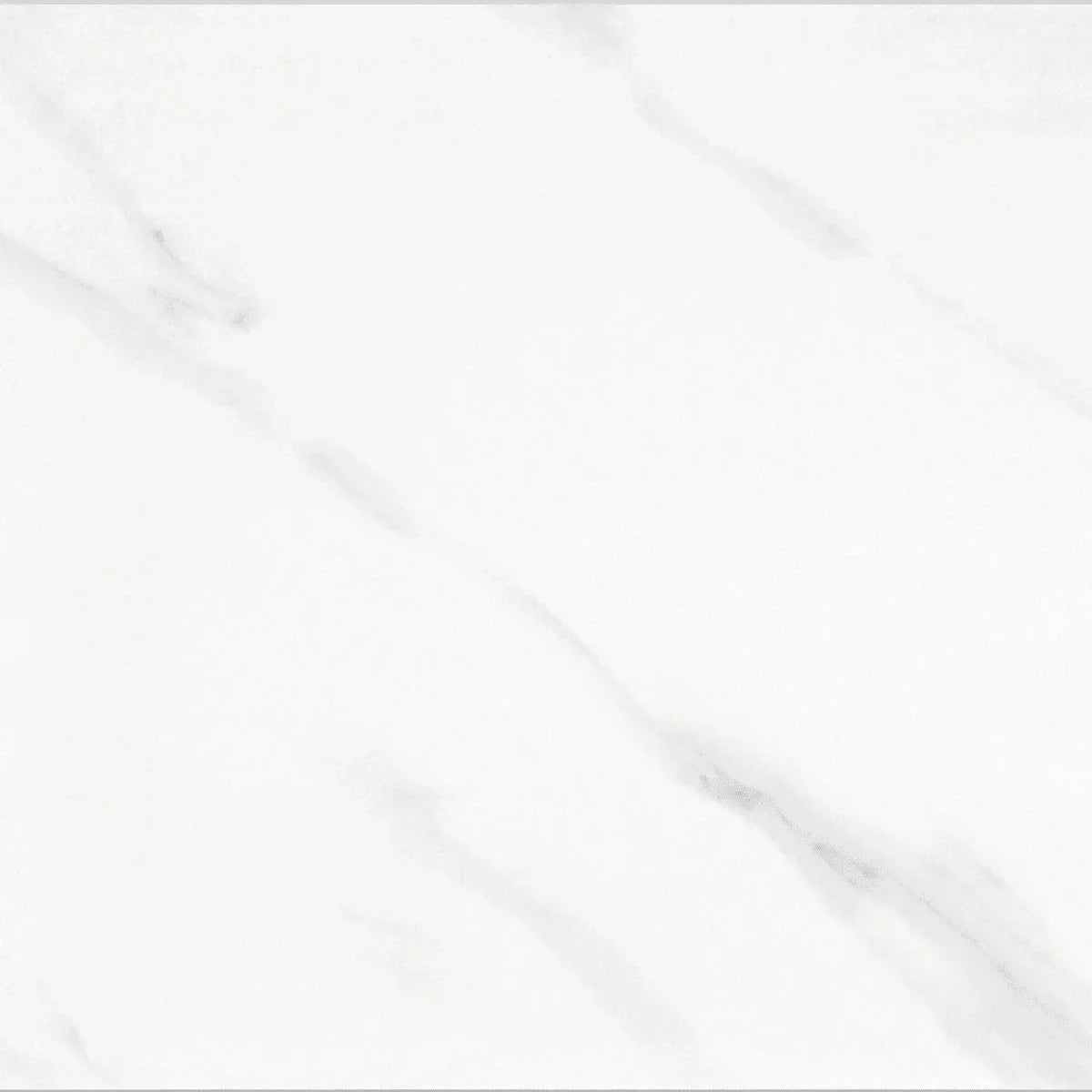
24" x 24" Porcelain Tile - Dream White
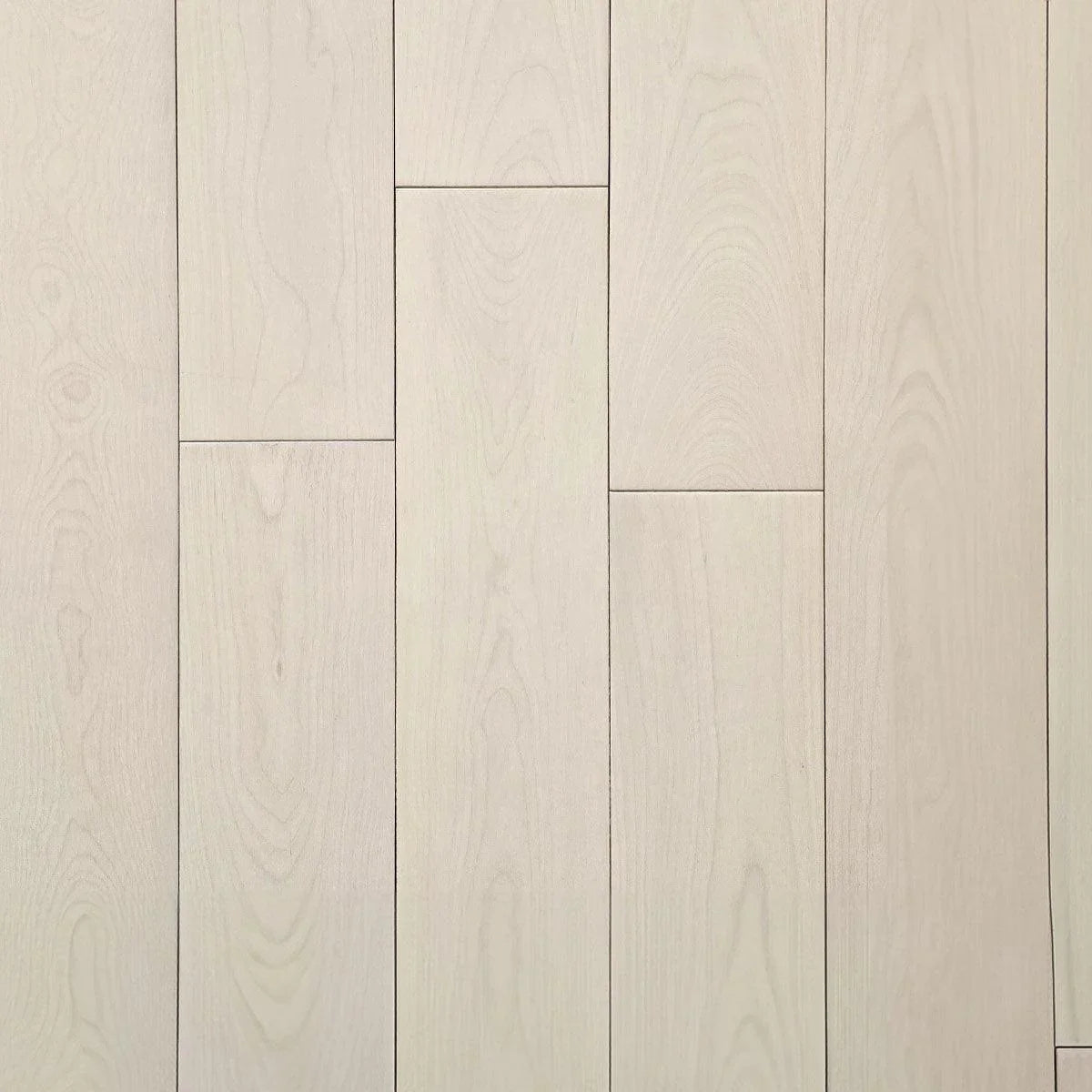
Honey Maple Solid Hardwood Flooring - Whitehaven Beach - 4 3/4"

7" Waterproof Luxury Vinyl Flooring - Narcissa
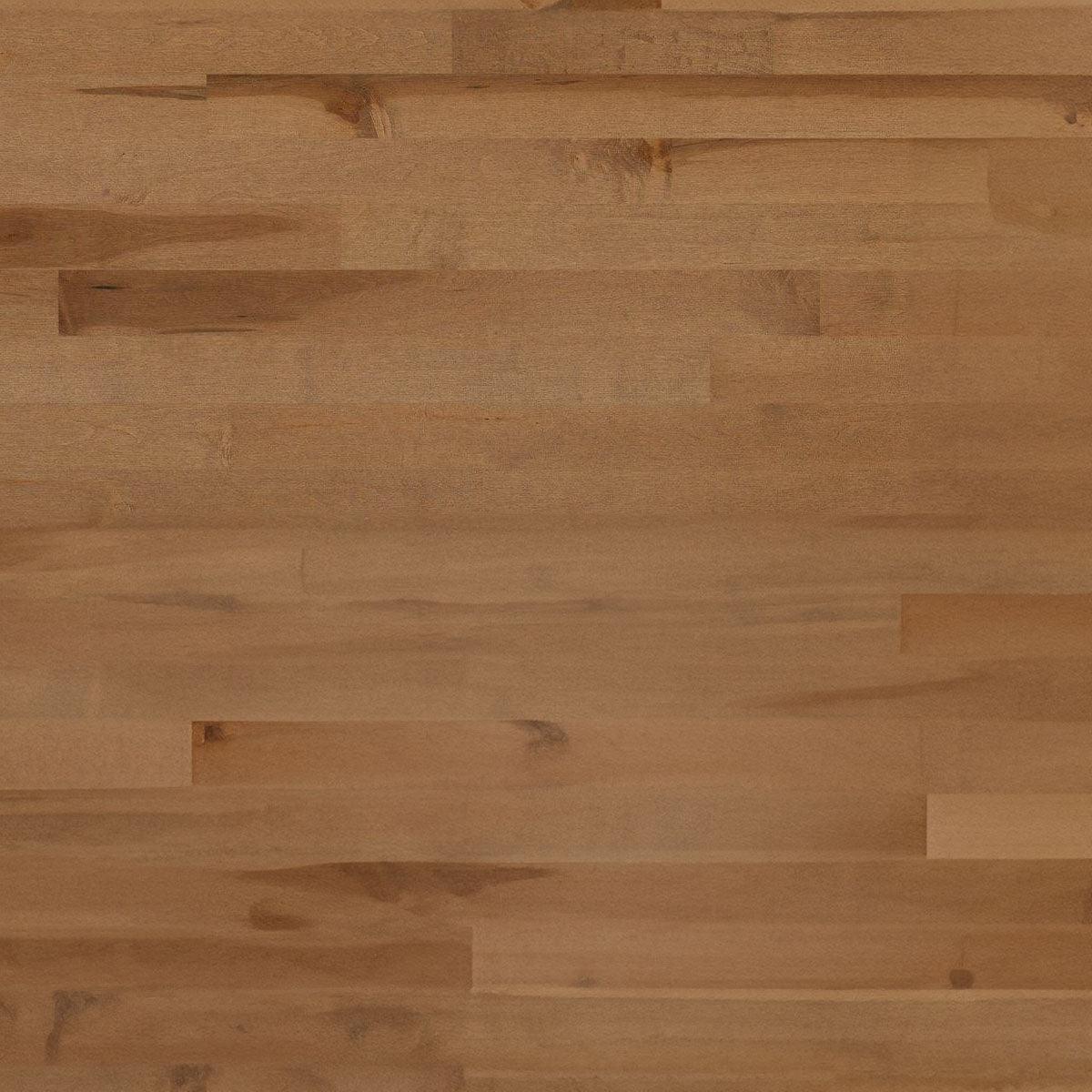
3-1/4" Canadian Maple Solid Hardwood Flooring - Papyrus
Additional Considerations
- Subfloor Preparation: Costs for preparing the subfloor can vary depending on the condition of the existing floor. Uneven or damaged subfloors may require leveling or repairs, adding to the overall cost.
- Underlayment: Some flooring types require underlayment, which can improve sound insulation and provide a moisture barrier. This additional layer can add to the material cost.
- Maintenance: Consider long-term maintenance costs, as some flooring types often require regular care, such as cleaning and occasional refinishing.
- Durability: While some flooring types may have higher initial costs, their durability and longevity can offer better value over time. Investing in higher-quality materials can reduce the frequency of replacements.
This comprehensive cost comparison provides a clear understanding of what to expect when budgeting for different flooring options in each room of your home. By considering these factors, you can make informed decisions that balance cost with functionality and aesthetics.
Conclusion
Choosing the right flooring for each room in your home is essential for enhancing both its aesthetic appeal and functional value. By understanding the cost implications and the unique requirements of each space, you can make informed decisions that fit your budget and design preferences. Whether you opt for the timeless elegance of hardwood in your living room, the practicality of vinyl in your kitchen, or the comfort of carpet in your bedroom, the right flooring can transform your home into a more beautiful, comfortable, and functional space.



